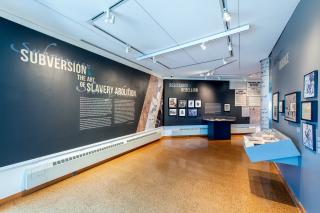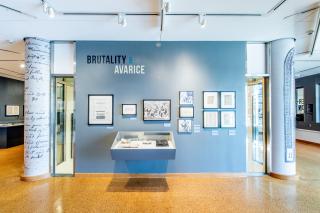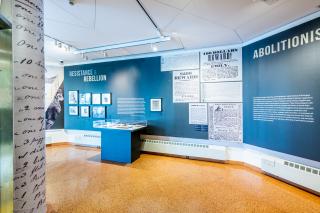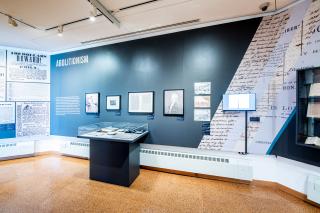
Subversion & The Art of Slavery Abolition: Audio
This audio is a companion to Subversion & The Art of Slavery Abolition, an exhibition curated by Dr. Michelle Commander of the Lapidus Center for the Historical Analysis of Transatlantic Slavery.
This exhibition highlights several of the ways that abolitionists engaged with the arts to agitate for enslaved people’s liberty in the eighteenth and nineteenth centuries. Though the major focus is on American (U.S.) and British efforts, abolitionism was transnational, dynamic, and controversial. Anti-slavery advocates immersed themselves in letter, pamphlet, and speech writing campaigns and founded newspapers, despite known and unknown dangers. Visual artists created illustrations, paintings, and photographs that featured the mundane yet absolutely reprehensible aspects of slavery to alert everyday citizens to the institution’s many horrors. Novels, slave narratives, poetry, and music were also significant and often encoded with insurgent messages that inspired the establishment of anti-slavery societies and the formation of one of the movement’s most subversive projects: The Underground Railroad. All of these strategies were profoundly necessary as activists rallied the public to agitate for the cause and urged governmental officials to abolish slavery.








